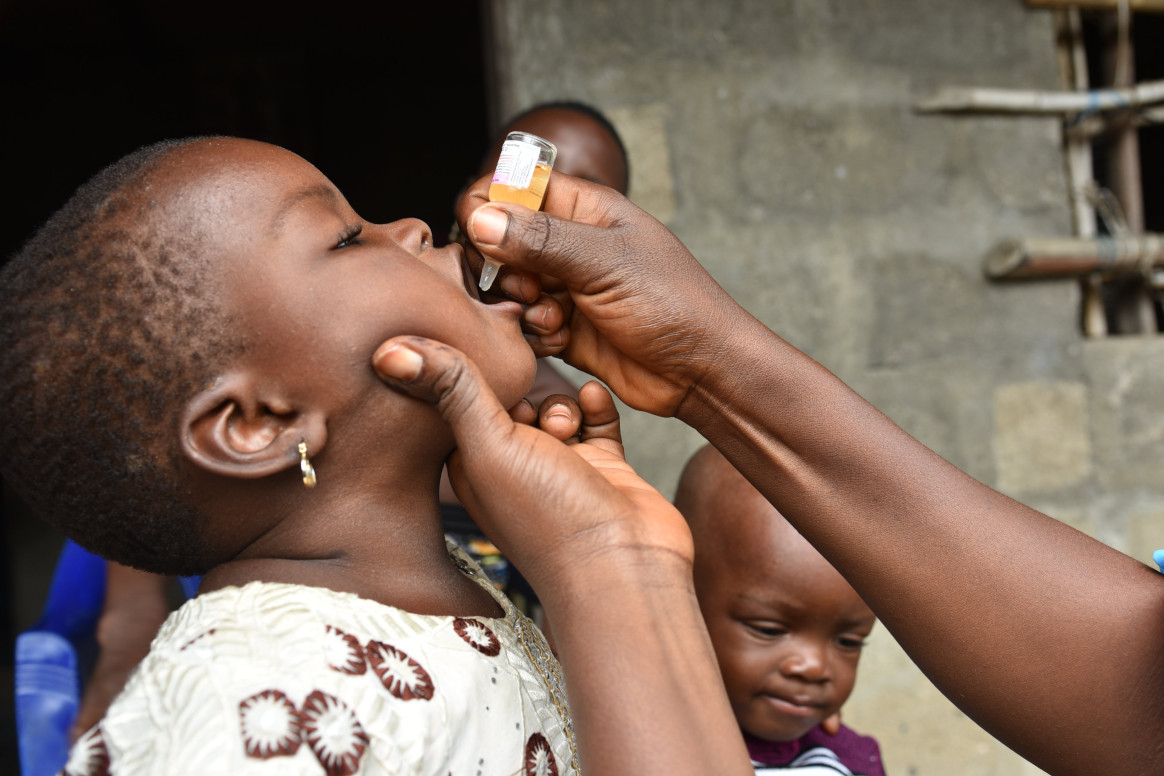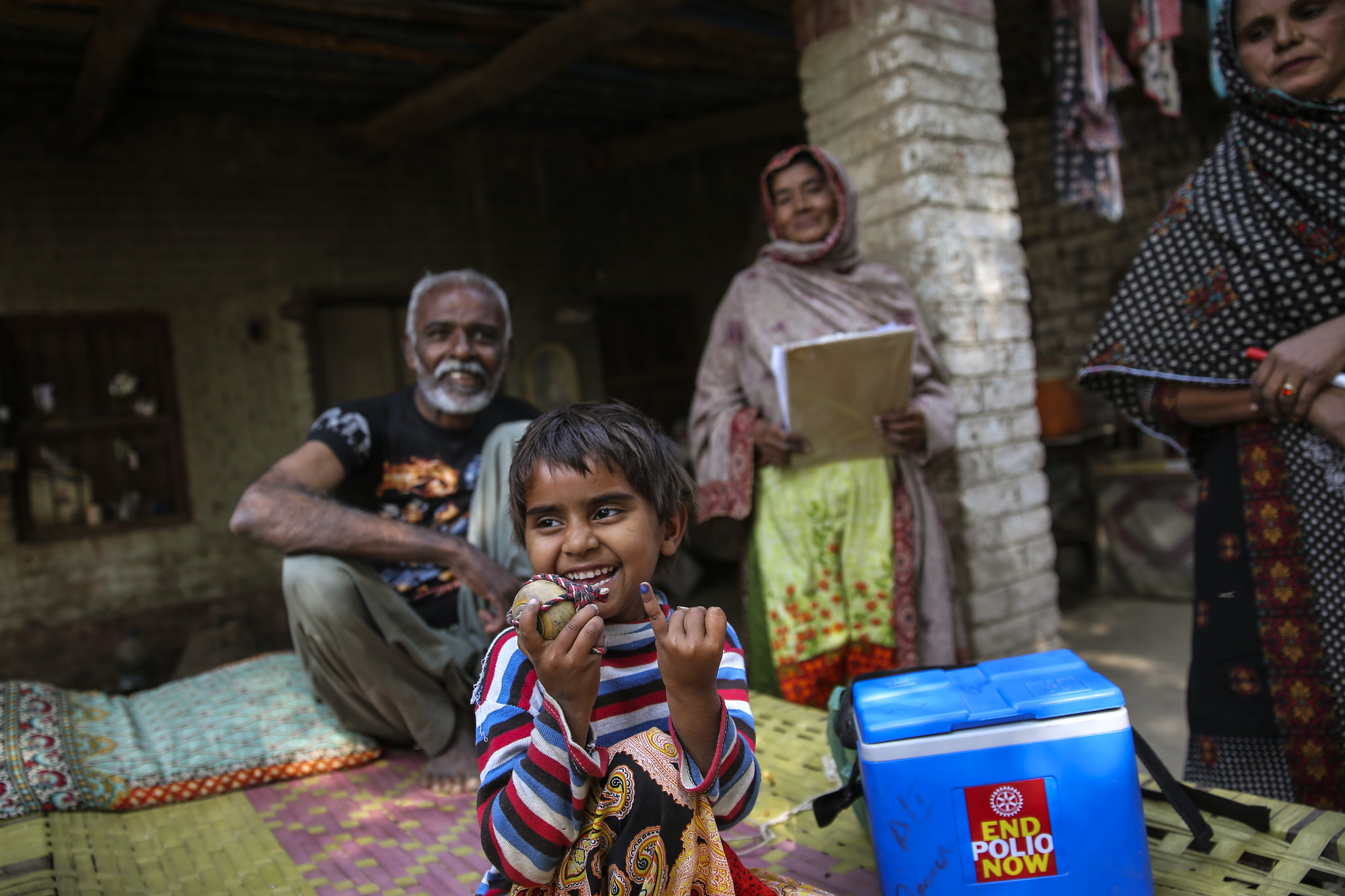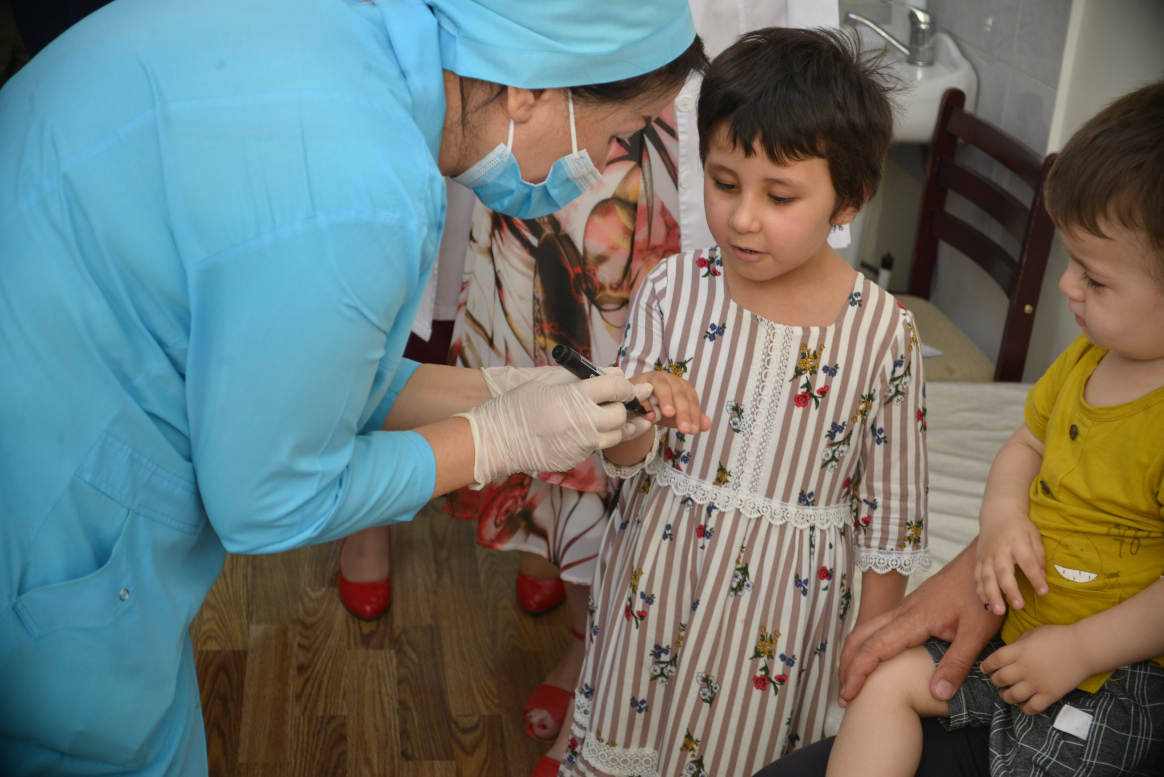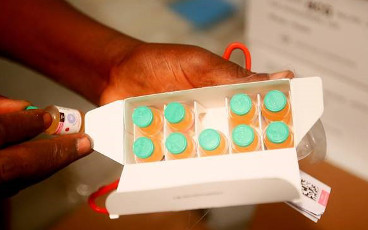
When it comes to stopping polio outbreaks, speed is everything. Rapid action within a specific window of time is critical. Malawi declared a public health emergency in February after uncovering a case of wild poliovirus type 1 (WPV1) – its first in 30 years. The country sprang into action, leading the charge in a multi-country vaccination response aiming to reach more than 23 million children in the sub-region with bivalent oral polio vaccine (bOPV). Three months later, neighbouring Mozambique which has been part of the same response, declared its own emergency after the virus paralyzed a child on its home soil. The country is doubling down on efforts to protect its children.
The nimble actions of the south-eastern African nations have been lauded by the GPEI as examples of what must be done to effectively quash circulation of the highly infectious poliovirus.
“Indeed Malawi has moved quickly; thus far we haven’t seen further detection of WPV1 in the country,” said Dr Modjirom Ndoutabe, Polio Programme Coordinator a.i., WHO AFRO. “It is important that further campaign rounds are carried out as planned and reach all targeted children to boost immunity in Malawi and its surrounding countries, and we’re working with governments to maintain heightened surveillance sensitivity so that we can closely track this virus through this outbreak period,” he added.
“What we’ve seen in Malawi and Mozambique following their detections, but also Tanzania, Zambia and Zimbabwe engaged in the response is encouraging. The need for speed in recognizing and communicating the public health threat and conducting quality vaccination campaigns to protect children cannot be understated,” said Aidan O’Leary, Director of WHO’s polio eradication programme.
Addressing a dual threat
Wild poliovirus is not the only form of poliovirus facing the African Region, or the world at large. Outbreaks of circulating vaccine-derived poliovirus (cVDPV) continue to pose an equally menacing threat to countries. Through rollout of a new vaccine to counter the most prevalent form of these outbreaks, cVDPV2, transmission has been stopped in the majority of countries that have deployed the tool. Additionally, a significant number of outbreaks have been recently closed following use of the traditional monovalent oral polio vaccine type 2 (mOPV2).
“WHO African Region’s Rapid Response Team (for polio) recently conducted a review of polio outbreaks over the past two years, looking at time passed since last virus detections in infected countries, surveillance quality indicators, and immunization response quality and immunity profiles of populations. I am pleased to say that 32 separate emergences of cVDPV in the Region have been declared closed across 13 countries in Africa,” said Dr Ndoutabe.
“Closure of these cVDPV outbreaks is testament to the work that has gone into achieving the high levels of vaccination coverage needed to stop transmission, and efforts to sharpen surveillance for the disease. It also illustrates the effectiveness of the vaccines we have to do the job,” said O’Leary. “Regardless of which tool is used, GPEI urges all countries affected by poliovirus to act without delay, in line with timelines contained in its SOPs for outbreak response. We must ensure that actions are commensurate with the public health emergency that polio is, despite challenges,” he reiterated.
Both viruses found in Malawi and Mozambique stem from WPV1 that was circulating in endemic Pakistan in 2019 and 2020. Though wild poliovirus cases are dwindling – currently at the lowest level in history – the fresh detections underscore both the danger of importation and the need to finish the job.



